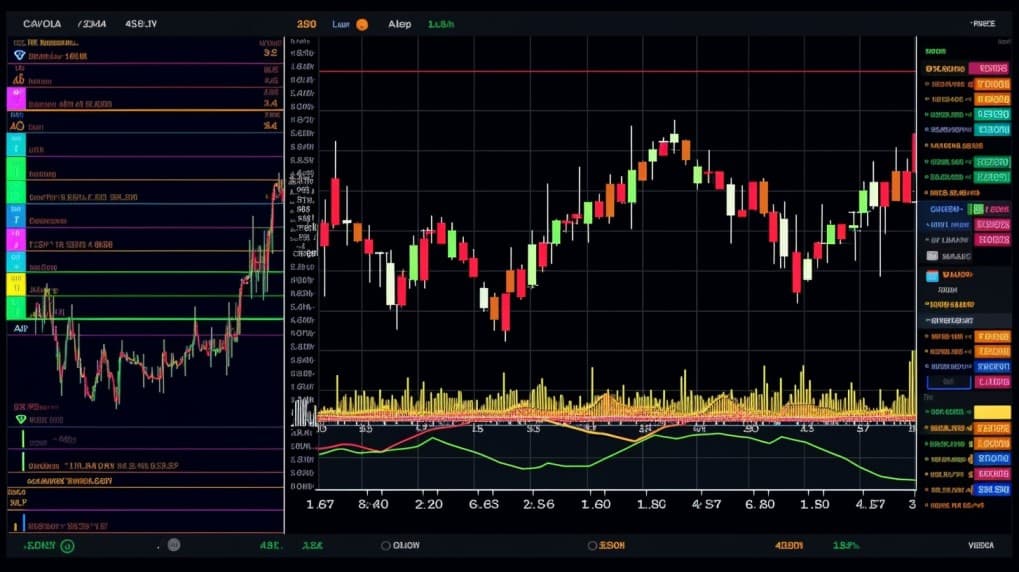
How does the FV ETF work?
Finance can be a complex world to navigate, with various investment options available. One popular choice among investors is Exchange-Traded Funds or ETFs. In this article, we will delve into the FV ETF, exploring how it works, its underlying assets, the benefits of investing in it, and important considerations for potential investors.
FV ETF: Overview
The FV ETF, formally known as the First Trust Dorsey Wright Focus 5 ETF, is managed by First Trust Advisors. This ETF is designed to provide investors with exposure to a select group of exchange-traded funds. These underlying ETFs are chosen based on a proprietary relative strength ranking system developed by Dorsey, Wright & Associates, now a part of Nasdaq. This system evaluates various ETFs and selects the top five based on their relative strength scores.
FV ETF: Underlying and Exposure: What Does It Track and How?
Understanding what an ETF tracks and how it accomplishes this is crucial for investors. The FV ETF doesn't hold individual stocks; instead, it holds other ETFs. These underlying ETFs represent various market sectors, such as technology, healthcare, and consumer goods.
The selection process for the underlying ETFs is based on their historical performance relative to other ETFs in the universe. The five ETFs with the highest relative strength scores are chosen for inclusion in the FV ETF's portfolio. This approach aims to capitalize on the momentum of these ETFs, potentially providing investors with exposure to sectors that are currently outperforming the market.
 FV overlap How does work the FV ETF?
FV overlap How does work the FV ETF?
FV ETF: Benefits of Investing
Investing in the FV ETF offers several advantages. First, it provides diversification by holding a mix of underlying ETFs from different sectors. This diversification can help spread risk across various industries, reducing the impact of poor performance in any one sector on the overall portfolio.
Second, the FV ETF's focus on relative strength may allow investors to participate in sectors experiencing upward momentum. This dynamic strategy can potentially lead to higher returns when compared to traditional buy-and-hold approaches.
Additionally, ETFs are known for their liquidity, making it easy for investors to buy and sell shares throughout the trading day. The FV ETF is no exception, offering this liquidity advantage to its investors.
FV ETF: Considerations Before Investing
While the FV ETF has its merits, it's essential for investors to consider a few key factors before investing. First, as with any investment, there are risks involved. While the relative strength strategy can yield positive results, it can also lead to increased volatility, which may not be suitable for all investors.
Furthermore, investors should assess the expense ratio associated with the FV ETF. This fee covers the fund's operating costs and is deducted from the fund's assets. It's crucial to understand how this fee may impact your overall returns.
Lastly, investors should have a clear investment strategy and goals in mind when considering the FV ETF. Like all investments, it should align with your financial objectives and risk tolerance.
Conclusion
In conclusion, the FV ETF offers investors a unique approach to gaining exposure to various market sectors. With its focus on relative strength and a portfolio of carefully selected underlying ETFs, it provides diversification and the potential for enhanced returns. However, it's essential to weigh the benefits against the associated risks and expenses and ensure that it aligns with your investment goals.
Before investing in the FV ETF or any other financial product, it's advisable to consult with a financial advisor who can provide personalized guidance based on your individual circumstances and objectives.
Sources:
FV ETF issuer
FV ETF official page
FAQ
What is the FV ETF?
The FV ETF is an exchange-traded fund that provides investors with exposure to a specific sector.
What is the underlying index that the FV ETF aims to track?
The FV ETF aims to track the performance of a specific index, which includes companies involved in its respective sector.
What types of companies are included in the FV ETF?
The FV ETF includes companies from its focused industry.
How does the FV ETF work?
The FV ETF functions by pooling investors' capital to purchase a diversified portfolio of sector-related stocks.
What are the advantages of investing in the FV ETF?
Investing in the FV ETF offers exposure to a specialized sector with potential for growth.